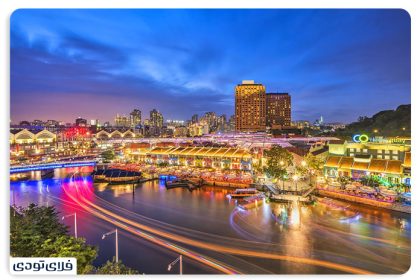Beautiful kimono, smooth white makeup and classic and classic appearance! Japan‘s gays are naturally attractive. Although it is unusual to see Geisha in Japan today, it is not impossible, and if you want to see a Gisha closest, Kyoto is your best option. The Gisu Kyoto area is the most famous Gisha alley in Japan, where you will find the courtyards with lantern, attractive traditional buildings and beautiful restaurants in the style of urban homes
Gisha and the city of Kyoto
As the city of Tokyo is known as its famous tower, the name of Kyoto, the ancient capital of Japan, is also linked to Geisha (or Gico). Gyun’s private streets are known as the Gisha alley in Japan, where the Geisha lives. On this street there are forbidden photography boards to maintain the safety of these people. The best way to see Geisha is booking a tour of Kyoto. By buying a Japanese tour you will have the chance to see the Gyun area in Tokyo.
First of all, what is Geisha?
Known in Kyoto as Geiko, the Geisha is stylish and highly respected. They have been trained for years in traditional instruments, dances, hall games, flowering, and so on. Gishaha is hired at Ryōtei (unique traditional restaurants) and Ochaya (tea houses) and welcomes guests with their skills. Currently, about 2 Gico lives in Kyoto and the Gyun neighborhood.
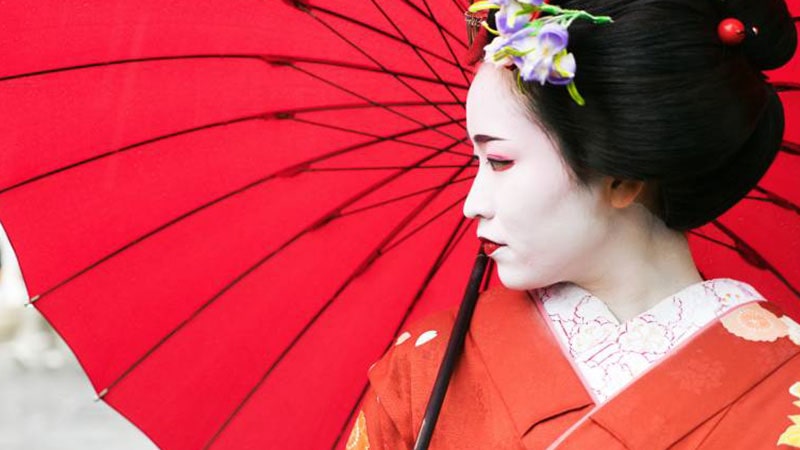
Gisha, Gico and Mico: What are the differences?
While these people in Tokyo are known as Geisha, the correct term in Kyoto is “Gico”. Both terms, of course, have similar meanings and can be translated into “artist”. A Gico has to spend at least five years training as a myco (Gico student) and practice to become a professional.
Read more: Visit Japanese Gardens in Spring | Art and nature in a frame
How to recognize mycu in the Gisha alley in Japan?
Mico begins to practice at the age of six and becomes Gico at the age of 5, in fact being younger is a very valuable element and emphasized in their clothes. They have a brighter and brighter appearance than more humiliating gicos.
Mico wears a bright kimono with taller sleeves and a long sash on the back. They often use their hair for joint hairstyles decorated with bold pins. Mico may also wear longer wooden sandals and remain more skin just under the hairline of his neck.
In contrast, Gico usually wear kimono with shorter sleeves and smoother sandals. They may also wear wigs with less hair ornamentation.
An interesting point about Gisha alley in Japan
Many of the women you see in kimono and makeup on the streets Gion They walk, often only tourists who are clothing, but when you see a real gico, you will understand the difference.
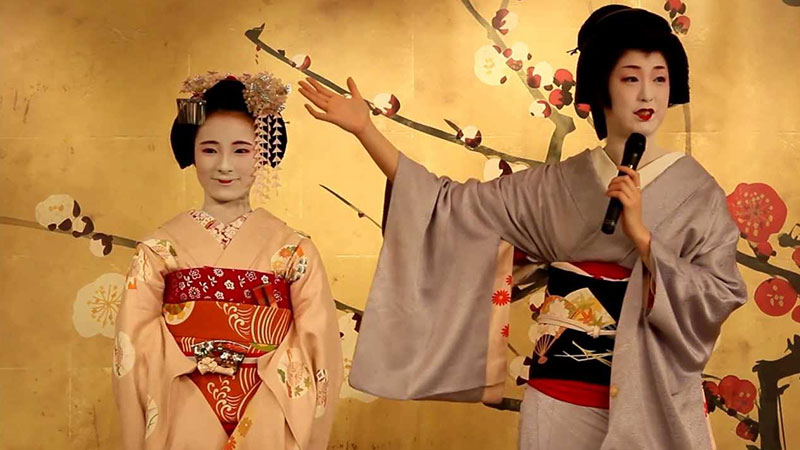
Five Hanamachi Kyoto: Where to see Gisha in Kyoto
Kyoto has five Hanamaci, which means “flower cities”. These are areas that have a long history in Gico culture. Ochaya will be the “tea houses” in which Gico is working. Ryōtei, the unique traditional restaurants where the Gisha will welcome you, and Okia, the houses where Gico and Mico live.
Five Hanamachi Kyoto is as follows:
- Pontusho
- Miagavacho
- Gyun Higashi
- Gion kōbu
- Kamishichiken (near Kitano TenMangū shrine)
Since Geiko and Maiko tend to live and work in the same areas, they can sometimes be seen in the streets.
Tourists traveling to Japan are keen to take a memorial photo with a real myco or gico, which made the Gishas get a lot of disturbances when crossing the street. Therefore, the Gyun District Council has enacted laws for the Gisha alley in Japan, according to which photography was fined up to 4 unauthorized and people are not allowed to touch the Geisha.
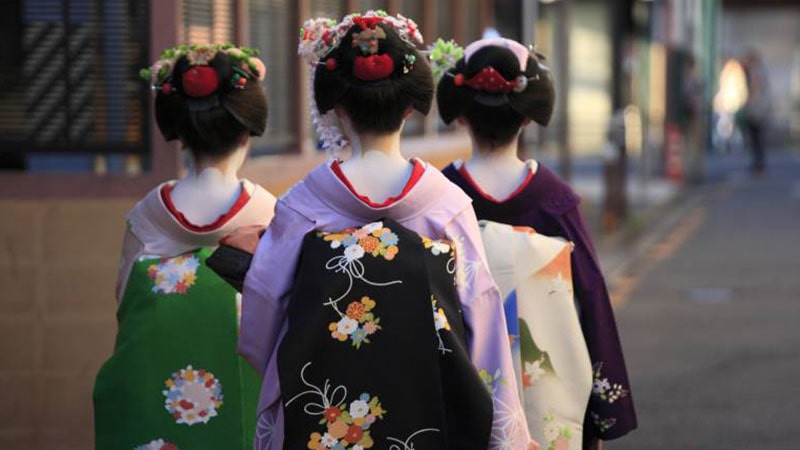
Read more: The most famous places of Kobe Japan
Experience to see Geisha with dinner booking in Gisha alley in Japan
The best way to see these people in the Gisha alley in Japan is to book dinner or show with Gico and Mico. These experiences are very different in price and can be filled very quickly. But since there are many restaurants and theaters to do so, so even if the hall is reserved, you will easily find an alternative. Just keep in mind that many of these reservations do not have a refund in case of cancellation.
Here are some prices for the experience of seeing Geisha in Kyoto:
Notable points | Time | Price start | Experience |
Along with a small gift | One hour and 2 minutes | ۱۰۰۰ Yen | Mico |
Includes a drink, gisha show, walking tour | 2 hours | ۱۱۱۰ Yen | See Gisha’s arts |
Food options | 1 hour and 2 minutes | ۱۳۷۷ Yen | Spend Private Dinner with Gisha |
Complete dinner and drink | 1 hour and 2 minutes | 1 yen | Spend Dinner with Mico |
Seasonal food | 1 hour and 2 minutes | ۱۰۰۰۰۰ Yen | Seeing Gisha in Arashima |
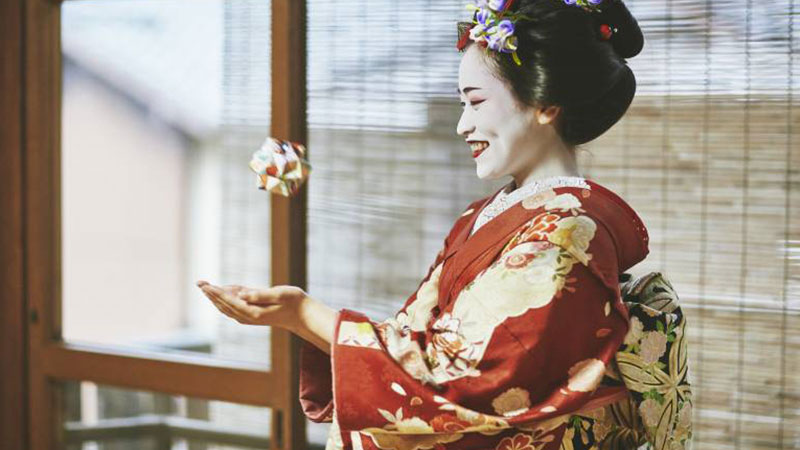
See Gico and Mico Festivals to Tokyo
Kyoto has numerous festivals that Gico or Micos participate in many. Whether they are sitting on the trucks or distributing beans for Setsubun, they play many roles in local events. One of the most important events in Tokyo in which the Gishaha participates is:
- February 4-5: Get the beans from Gico and Mico at the Yasaka shrine.
- February 7: More gicos throw the beans for the crowd waiting for the Hyan Jingo Stabon.
- February 7: Baikasai is a celebration of a plum blossom and a very enjoyable tea in Kitano Tenmango.
- April 1-8: The Hean Jingū Reisai Festival has a great performance on the temple.
- May 9: In Higashiama, many giggles are participated in the small festival of the Inari.
- July 1-8: Geiko and Maiko are a large part of Kyoto’s biggest annual event: Gion Festival.
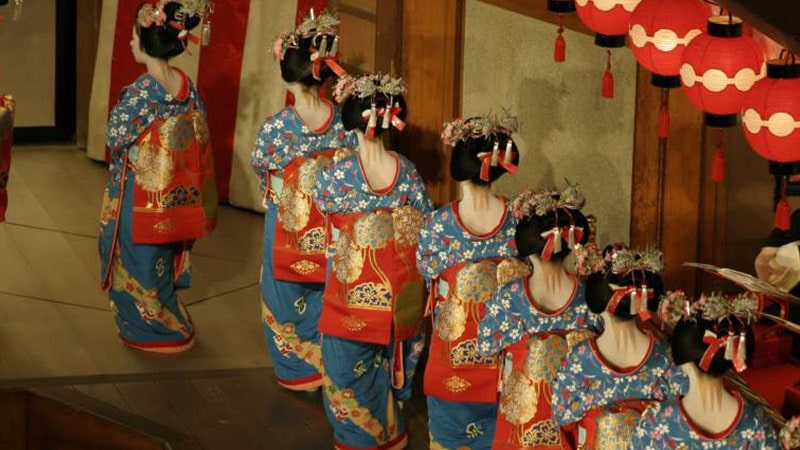
Gynepal History: Gisha Alley in Japan
In year 4, the Tokogawa Shoggua allowed Gyun to develop its unique business style. In year 4, the Yasaka shrine, formerly known as the Temple of Gion, was the highest rank for government -backed shrines. This led to more tea houses near the temple, where many gays served for tea visitors. In year 2, the Gion was divided into two areas: Gion Kobu and Gion Otsubu. During the Miji period, there were more than 2 tea houses and more than 2 Giko and Mico.
During World War II, many Gishaha left the profession. In year 2, the Yasaka Temple lost its position as Thaisha’s Capitalism with the end of state shootism. In year 2, Gion Osubu was renamed Higashi Shinchi, and in year 2, its name was renamed Gion Higashi. In year 4, the city of Kyoto has set Gion as a special protection area, and since then, all buildings and maps of the street have been severely controlled. In year 4, the power lines were moved to the basement and pavements were installed to preserve the historical appeal of the area.
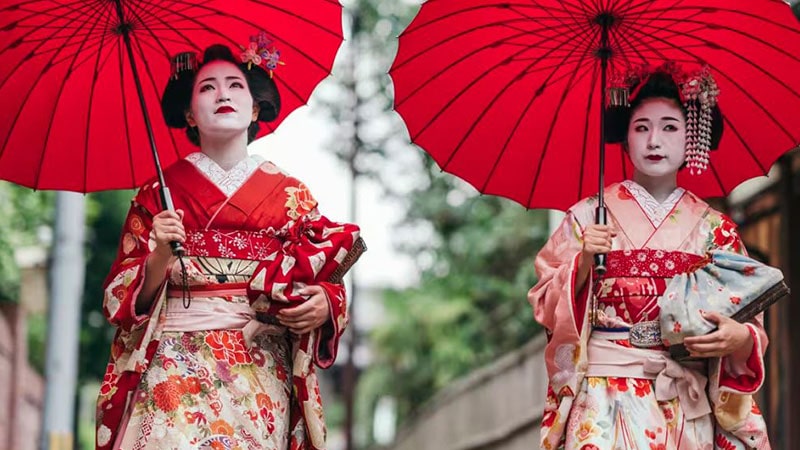
Read more: Introduction to Japan’s Samurai Culture
Attractions and leisure in Gisha alley in Japan
The Gisha alley in Japan has other attractions in addition to seeing the Gisha. Here’s what you can do in the Gyun area:
Experience of kimono tea in Kyoto
Maikoya invites you to experience one of the best Kyoto tea events with just a 5 -minute walk from the gynecological streets. Here, you will not only enjoy the art of traditional tea, but you will also have the chance to wear a beautiful kimono for free and touch the elegance of Japanese culture. So after a tour of the Gisha alley in Japan, you will be happy with drinking tea.
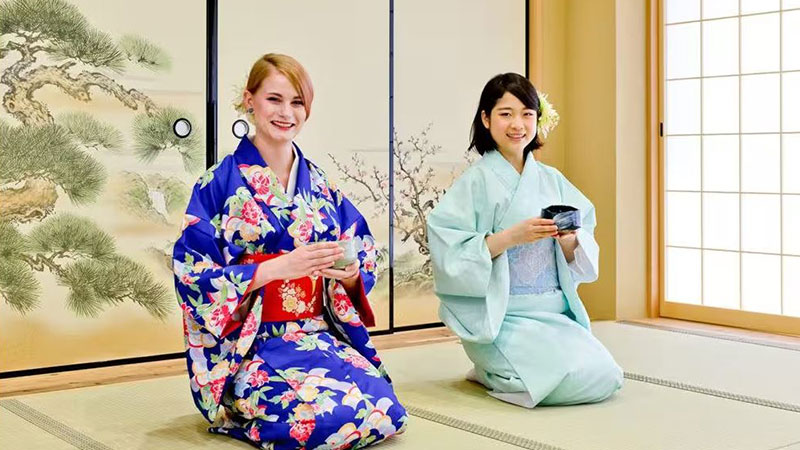
Visit the Samurai Ninja Museum in Kyoto
Seeing the rich Samurai past in Japan is another leisure in the Kyoto area. Visitors of any age can enjoy interactive exhibitions, tours and even practical activities such as ninja training. This is a great experience to visit Kyoto and adds a little adventure and history to your trips.
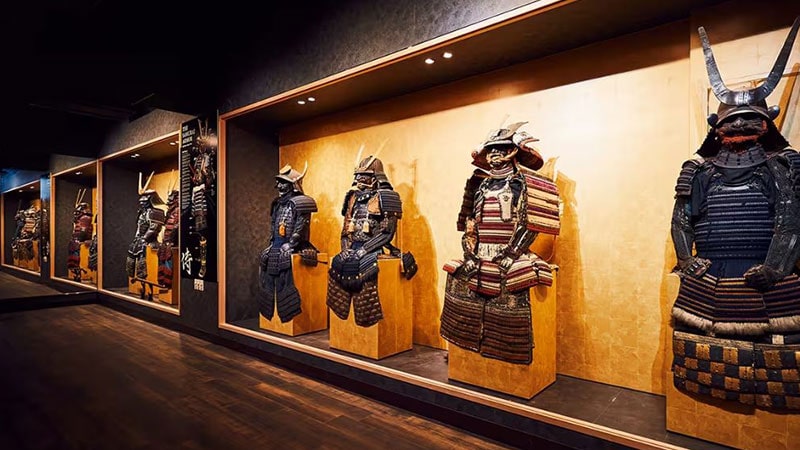
Walk on Hanamikoji Street / Gisha Alley in Japan
Hanamikoji Street is the heart of the gion where visitors often walk. This fascinating route acts as a central turning point for the Gion, with a row of traditional wooden houses and tea houses. Unlike other Kyoto streets, this street lacks air lines and preserves its historical space as a traditional place. In the evenings, the warm brilliance of the lanterns will illuminate the path, and visitors may see Gisha and Mico with the colorful kimono that go to their appointment. Hanamikoji is one of the most beautiful attractions of Gisha alley in Japan.
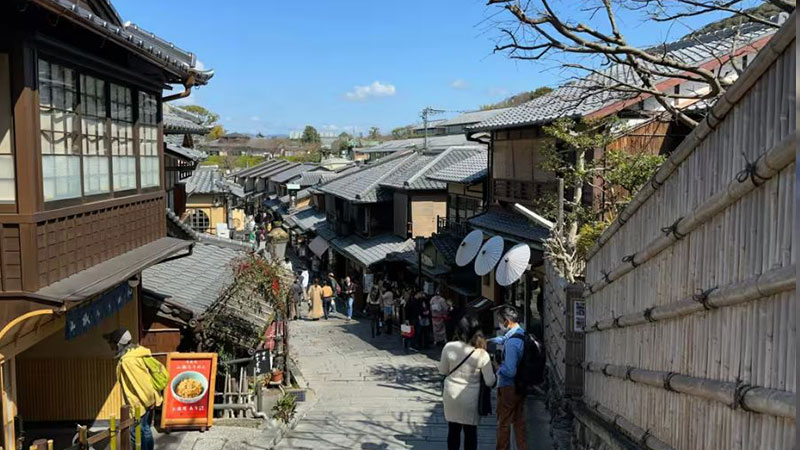
Surfing the historic alley of Pontchao
Walking in the historic alley of Pontcho provides a unique image of Kyoto’s traditional nightlife. This narrow route is located in parallel to the Kamogawa River and covered with attractive wooden buildings. Many commercial buildings in the area accommodate famous restaurants and loads. Poncho glows along the paved streets and create a nostalgic atmosphere. This alley has long been the center of Kyoto’s entertainment culture and today it still maintains the attractiveness of its old world and gives visitors the opportunity to experience different aspects of the vibrant Gion.
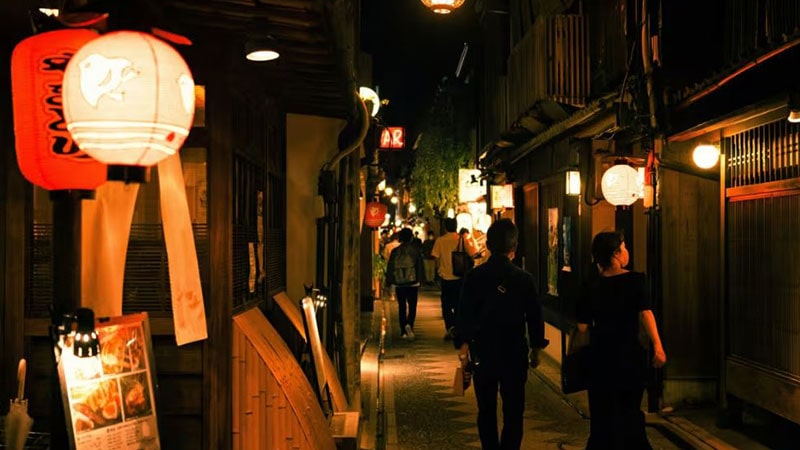
From Pagody Yasaka-no to pagoda Visit
You can only see a short walk from the Yasui Temple of Kanpirago, one of the most symbolic attractions of Kyoto and Gisha alley in Japan: Betcoda Yasaka-Nou-Tu, also known as the Hokanji Temple. If a travel movie was to be filmed in Kyoto in time, it would certainly be the best option. This long -standing five -storey beam will take you directly to the Edo period. Not surprisingly, many travelers are visiting the Yassanano Temple in their trip to Tokyo.
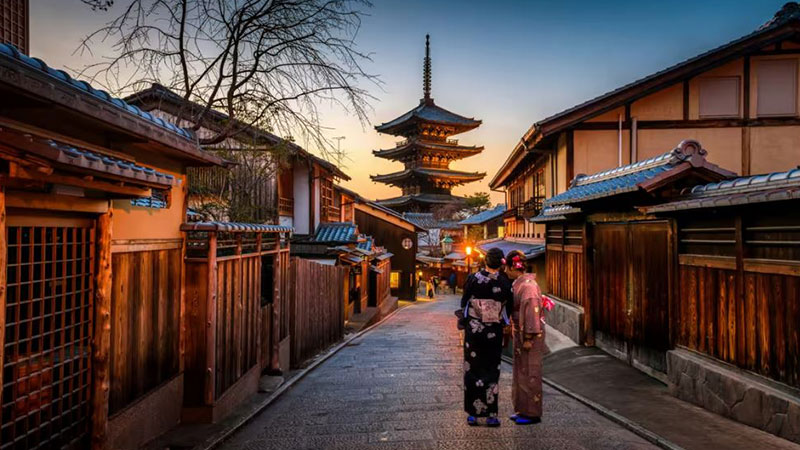
Final speech
The Gisha alley in Japan is not only a reminder of its rich history and traditional culture, but also a symbol of Japanese art and aesthetics. By preserving their heritage, these alleys take visitors to the world of colors, music and long -standing Japanese dances in the modern world. In this post we are introduced to the historical and aesthetic aspect of the Geisha in Japan.
Copying the content of the Vanak Star Airlines agency is solely for the source.
RCO NEWS

















